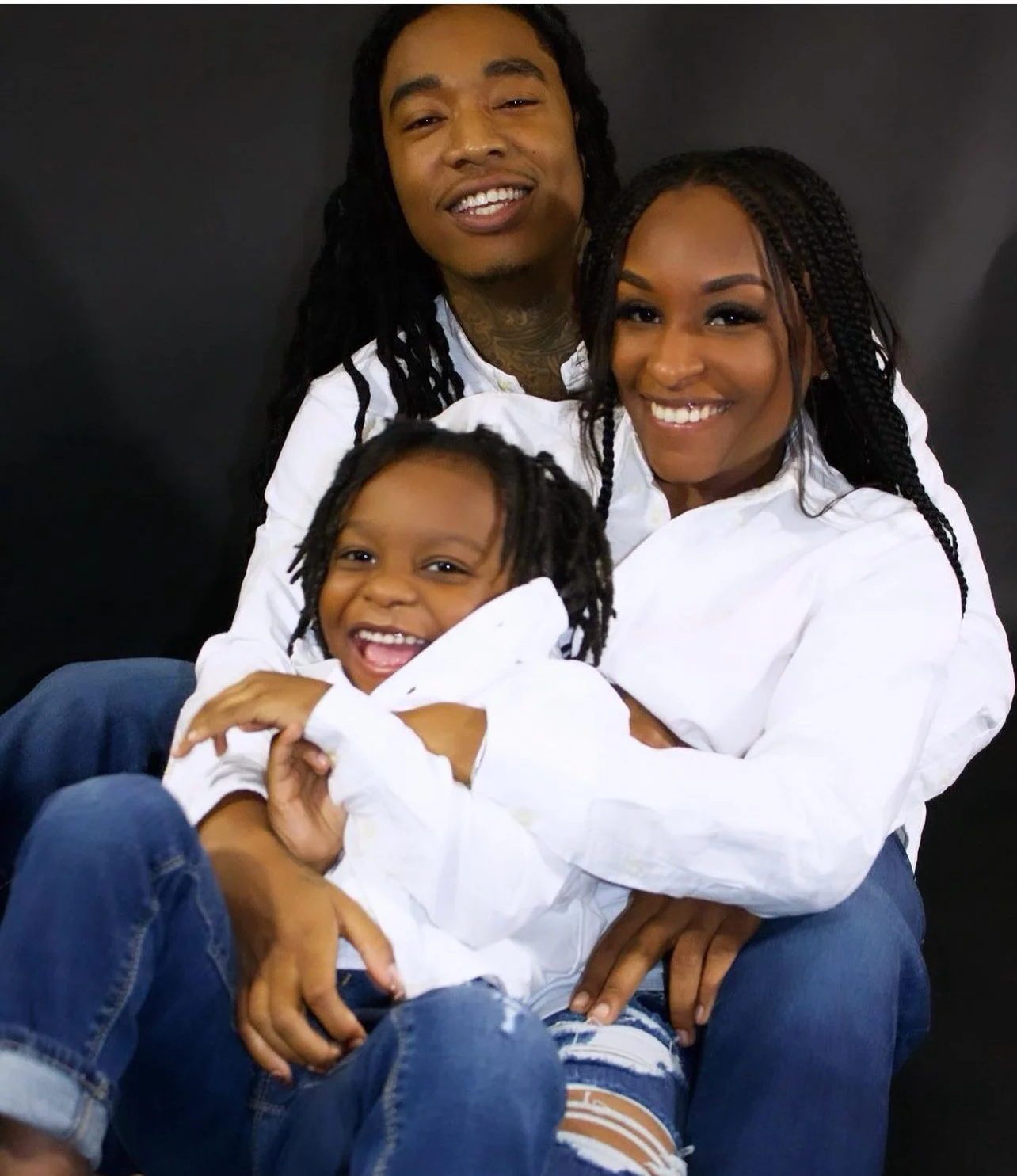Guest Post: Remembering Edith Windsor, 1929-2017
/By Beth Hawkins
Look at this photo of Edie Windsor. When was she ever photographed looking anything other than confident and jubilant, arms extended and something bright, some swath of super-saturated color breaking up her otherwise conservative attire?
To me, photos of her are invariably mesmerizing. What does it feel like to be so free? So utterly at home in your skin and alive in your world?
For a moment when I saw a photo of her standing in front of the U.S. Supreme Court flash by this afternoon I was elated and then confused. And then of course it was clear, without so much as a headline, why: Windsor died today at 88.
I have of course read tens of thousands of words about Windsor, whose effort to recover the estate taxes she was forced to pay following the death of her spouse, Thea Spyer, turned into United States v. Windsor, the 2013 case in which the high court overturned the Defense of Marriage Act.
But tonight reading the New York Times obituary made me sad on a new level. Windsor’s life story is so remarkable, her willingness in an era when it was very unsafe to be true to who she knew she was, to be out—truly dramatically out—and to occupy roles women did not play.
An even more compelling read: In an example of profile-writing at its best, in the wake of DOMA’s demise The New Yorker profiled Windsor and her lawyer, Robbie Kaplan, describing Windsor’s days as an LGBT activist and chronicling her relationship with her attorney.
It’s a wonderful piece, colorful and unabashedly gay. Sample: “Provided that Kaplan kept her client muzzled on the topic, Americans could imagine that Edie Windsor had aged out of carnality.”
I am sad because I know that it will likely be a long time before Windsor’s story is presented as part of the canon of American history. Because I know how many young people—girls especially—would be more likely to embrace their sexual orientation or gender identity after learning about Windsor’s fierce and colorful life.
A little of this sadness is for me—what would life have been like if my classes had been filled with tales of heroes I could identify with? But mostly I am sad that we told our children that all families are equal and it’s love that makes a home, but we can’t get LGBT stories into schools.
There are lots of curricular resources and classroom guides out there for teachers who want to teach gay history or create LGBT inclusive lessons. I had to hunt a little to find it, but there’s even a resource (outdated, but hey) for teaching about the DOMA decision and about Windsor.
Yet we also know that teachers in the main don’t touch LGBT topics. Many worry they will face student or parent pushback, or do not believe their administrators will back them if they do. Many feel unsure about everything from proper terminology to fear of the imagined sex part of sexual orientation.
There are eight states where it is illegal for educators to talk to students about LGBT topics–to mention that Oscar Wilde was gay or Freida Kahlo bisexual. Illegal. So why should it surprise us that in most school’s there’s silence?
Whatever the next chapter of the LGBT fight for equality and inclusion, I have a feeling we’re nowhere near helping the adults in our schools feel safe enough to offer a safe space for the kids. Mostly I just pray we’re watching the dinosaur’s death rattle, you know?
In my fantasy version of reality, where marriage equality was followed by affirming classrooms, tomorrow Windsor’s bold and joyful photos will grace whiteboards throughout the country for one more reason: Because she was living proof that it’s possible, simply by refusing to shirk your truth, to shape history.
Windsor waited 40 years to marry her love. And she insisted on pressing her estate tax case at a moment in history when lots of LGBT rights organizations demurred on such challenges, wanting plaintiffs who presented as pure and perfect political timing.
And she won. Near the end of her life, she was present as the Supreme Court agreed with her argument in the case bearing her name that discrimination can’t be enshrined in U.S. law. She got to hear that news, field a phone call from Barack Obama, and—the only dry-eyed person in the room–to ask to celebrate in front of the nation’s first LGBT national monument.
I leave you with her beautiful photo, and with a particularly lovely passage from Ariel Levy’s New Yorker story, “The Perfect Wife”:
Finally, Windsor was taken where she really wanted to go: Stonewall. When she got out of the car, at Christopher Street, there were hundreds of people chanting her name. Windsor got up on the podium, in her shiny purple shirt, with the pin on her lapel, and, as she looked at the crowd, she said, “Now’s the part when I try not to cry.”
An original version of this post first appeared on Beth Hawkins' blog.








